A few weeks ago, I had the most amazing conversation with a group of 4th graders. We were revisiting a list of classroom behaviors we made together at the beginning of the school year. We had grouped the list into “No Big Deal,” “Depends,” and “Big Deal” behaviors. I had promised I wouldn’t object to the “No Big Deal” behaviors. If anyone ever fidgeted with a pencil or doodled while I was teaching, I wouldn’t tell them to stop. But the “Big Deal” behaviors would not be tolerated.
On the “Big Deal” sheet, among some obvious no-no’s, one item stood out, “Sometimes I daydream in class, and I don’t pay attention.” Something about this one intrigued me; it seemed worth a second look, so I asked the class, “Is daydreaming a problem for any of you?” Without hesitation, almost every hand went up. As soon as I saw all those hands, my question didn’t feel right. I had just called something “a problem” that most of my students were admitting to doing.
Sometimes, when I am teaching well, I can admit to my mistakes quickly, and I owned up to this one in a flash. “Wait a minute,” I said, “Is daydreaming really a problem?” Right away, I knew I had hit pay dirt; their faces lit up, their body language relaxed. Some students thought yes, and others no; I could see the conversation was starting to gather energy.
 “What do you daydream about, anyway?” I asked. Hands shot up again, and I heard from nearly everyone. Even students who didn’t usually raise their hands were eager to share their special daydreams. One kid thought about food all the time, which didn’t surprise his peers. Lots of students focused on movies and video games. One student imagined that the world was made of Legos; another wondered what it would be like to be a bunny.
“What do you daydream about, anyway?” I asked. Hands shot up again, and I heard from nearly everyone. Even students who didn’t usually raise their hands were eager to share their special daydreams. One kid thought about food all the time, which didn’t surprise his peers. Lots of students focused on movies and video games. One student imagined that the world was made of Legos; another wondered what it would be like to be a bunny.
As I listened, I thought of my own daydreams. “You know,” I said, “I daydream all the time too. In fact, it’s part of my job. Sometimes when I’m working, I just stare out the window, that’s how I come up with the lessons I teach you.” It’s true. The quality I value most about my job is that it’s creative. I’m constantly imagining lessons, science demonstrations, and new ways to teach familiar topics; it’s a mystery how these things pop into my head. There is a dark, fertile world out there, or  perhaps in here, where my mind goes from nothing to something. Then that abstract “something” turns into something concrete; a piece of writing, a presentation, a science lesson. It’s both a miracle and totally normal and I love it.
perhaps in here, where my mind goes from nothing to something. Then that abstract “something” turns into something concrete; a piece of writing, a presentation, a science lesson. It’s both a miracle and totally normal and I love it.
Tellingly, I found myself thinking about all of this while I was sitting on the rug with my students. While I should have been listening to them, I was daydreaming! Such metacognition! Such irony! When I snapped out of it, I continued, “You know, if you’re into daydreaming, you should look for a job where you’re supposed to daydream. What kinds of jobs like this can you think of?” We made that list too, which ran the gamut from teacher to writer to architect and civil engineer.
It turns out daydreaming was the perfect topic for the day. It gave us a chance to talk about things that were personal, but still safe to talk about. It put me on a level playing field with my students (my favorite place to be), where I could talk about my own daydreams, and even give them some ins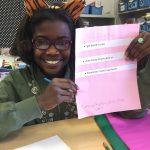 ights about where their science lessons come from. And it made me a better teacher. It will make me think twice when I see one of my students space out in my class again; it will help keep me from getting angry that they aren’t listening.
ights about where their science lessons come from. And it made me a better teacher. It will make me think twice when I see one of my students space out in my class again; it will help keep me from getting angry that they aren’t listening.
We agreed that there are still unproductive forms of daydreaming, and we couldn’t just stare out the window for the entire science class. But we also agreed that there is untapped potential in these daydreams. Usually, I talk to students about these things using words like “imagination” or “creativity.” “Daydream,” though, feels like a much better word. It refers to something both definable and personal. Imagination feels a little abstract, while daydreams feel real.
 We thought it might be funny to put a sign up on my door that said, “Do not disturb the teacher, he’s daydreaming.”
We thought it might be funny to put a sign up on my door that said, “Do not disturb the teacher, he’s daydreaming.”
It’s not such a bad idea, but a better sign might say, “Come on in, we’re daydreaming.”
We had found our new shared mission as a class. We’re daydreamers, and all of our aspirations matter. School should be a place where everyone feels at home, allowing my students to be themselves and follow their thoughts is a pretty good place to start.
– Mike Mangiaracina
Elementary school science and math teacher

This is the second of Mike Mangiaracina’s monthly posts on the connections that can be found within his classroom, between teacher, student, and their shared world.
Mike Mangiaracina has been teaching for 21 years, and is in his 8th year teaching 1st-5th grade science and math at Brent Elementary, a DC public school on Capitol Hill. Previously, Mike taught for 10 years at two Friends schools. Beyond teaching, he runs an annual bird count for our local school communities, delivers professional development sessions for other teachers, and seeks elementary science teachers to mentor.
Many thanks to the students in Mike’s classroom for creating the signs and pictures for this blog post.
Questions for Reflection:
Let us know in the comment section below… or send in a longer response for a blog post. (We’ll be happy to work with you on your piece. Questions? Contact Megan Scribner at teachingwithheartfirepoetry@gmail.com)
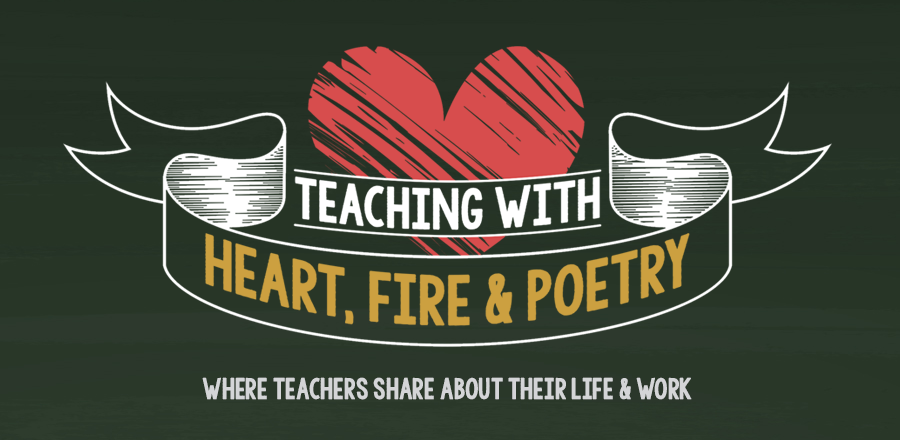
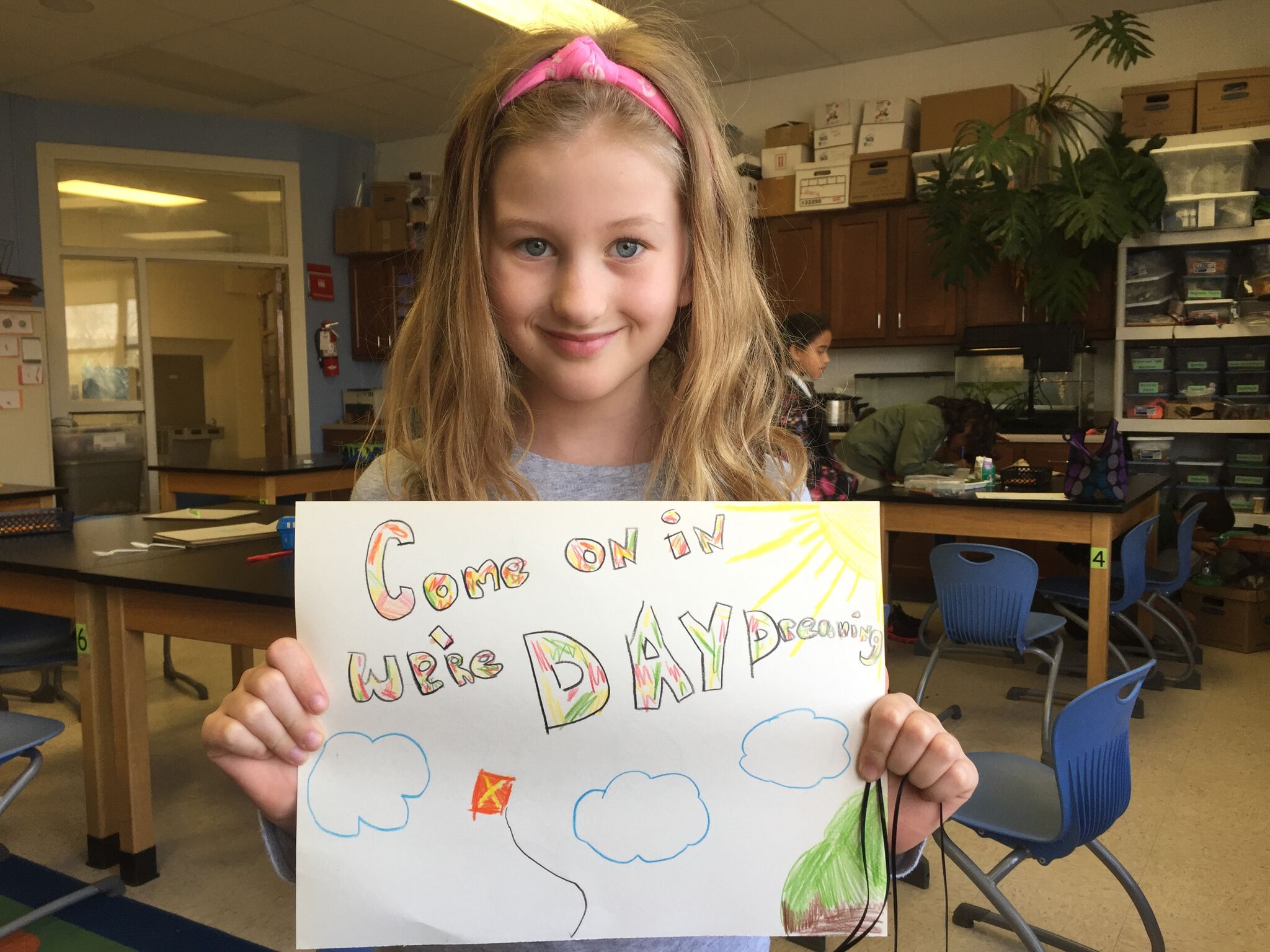
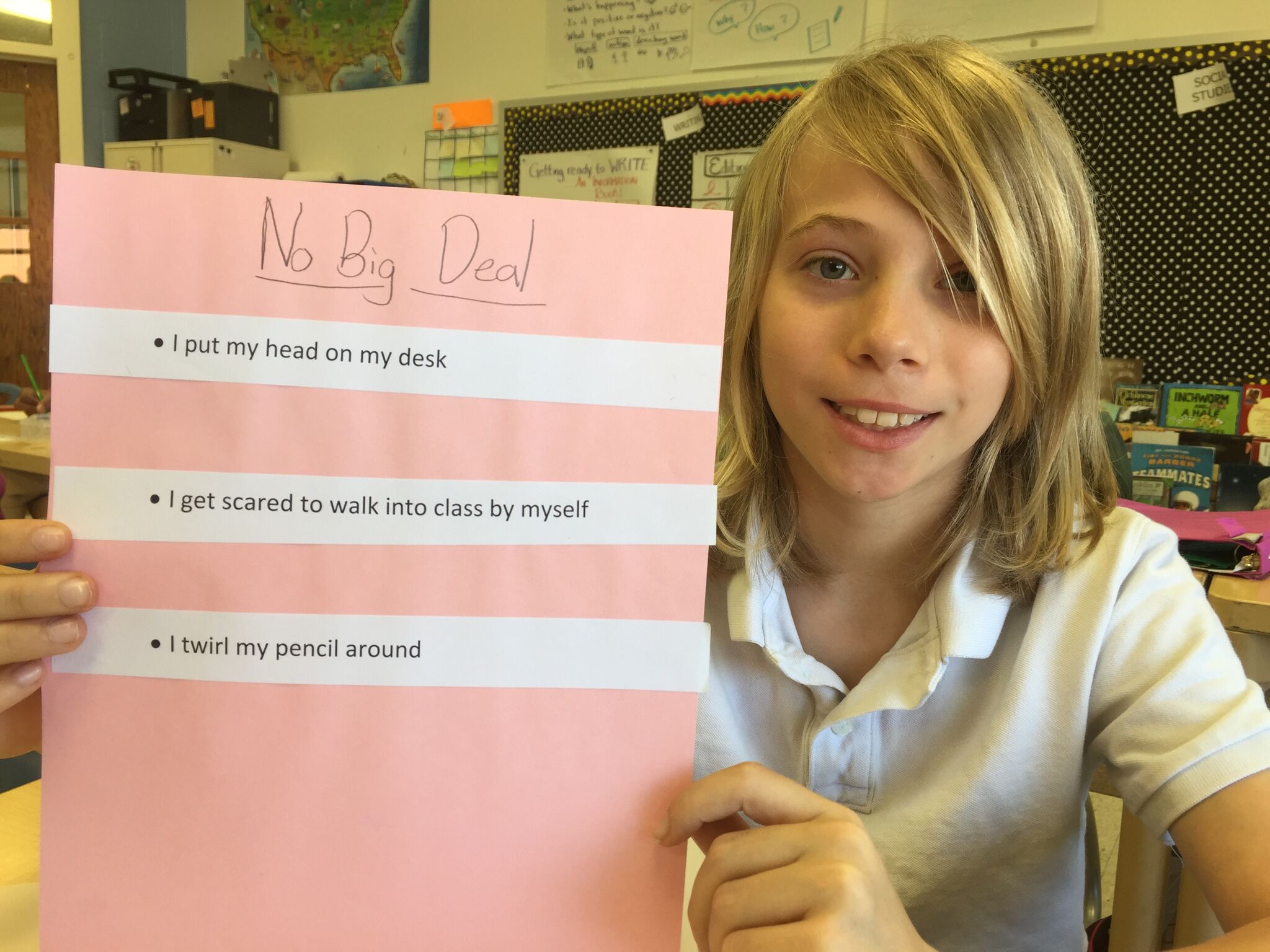
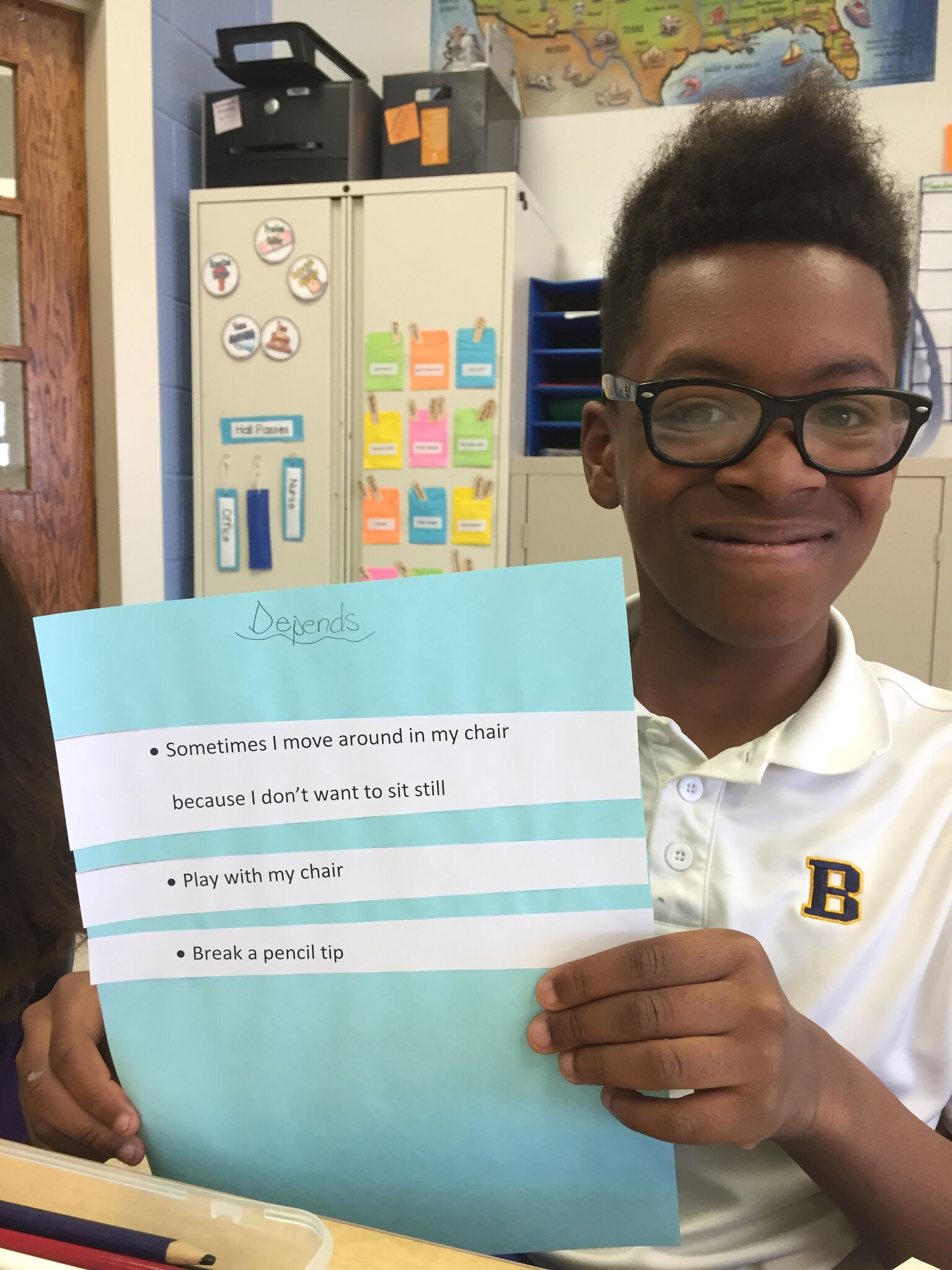
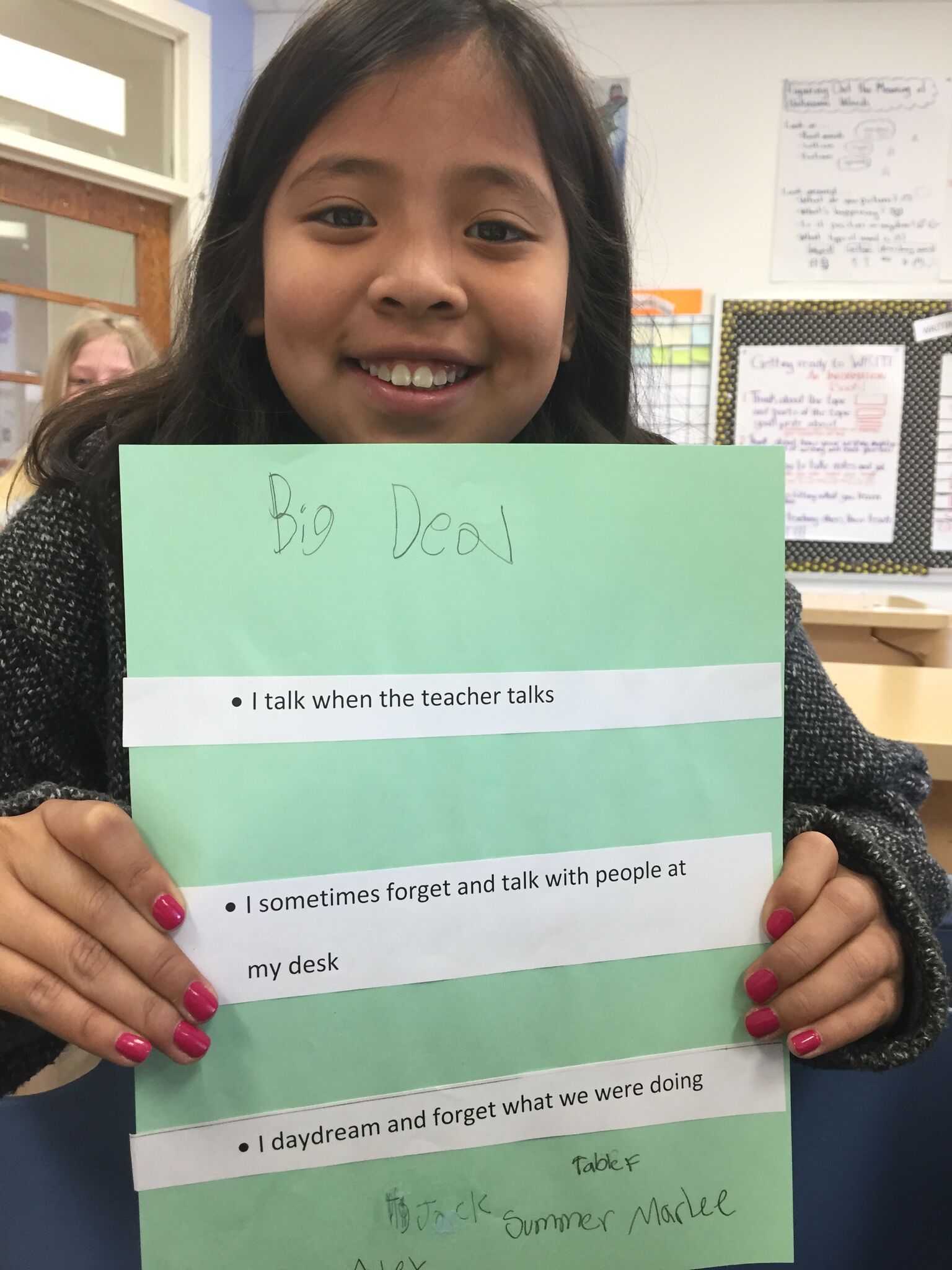

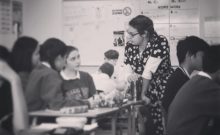
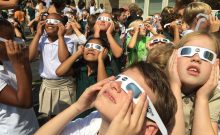
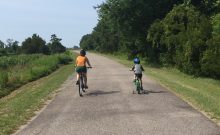
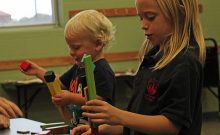

Alicia Dorsey
April 26, 2017 1:16 amThanks for being an amazing teacher Mr. Mangiarancina:-). So grateful for your daydreams!!!
Best,
Alicia Dorsey
Brent Elementary
Parent and PTA Board Member
Mike Mangiaracina
April 28, 2017 12:38 amThanks Ms. Dorsey! I’m so glad you enjoyed the piece. I was so inspired by these conversations with this wonderful class.
Mike